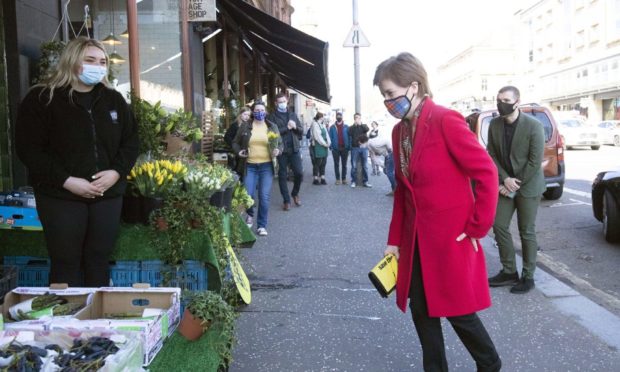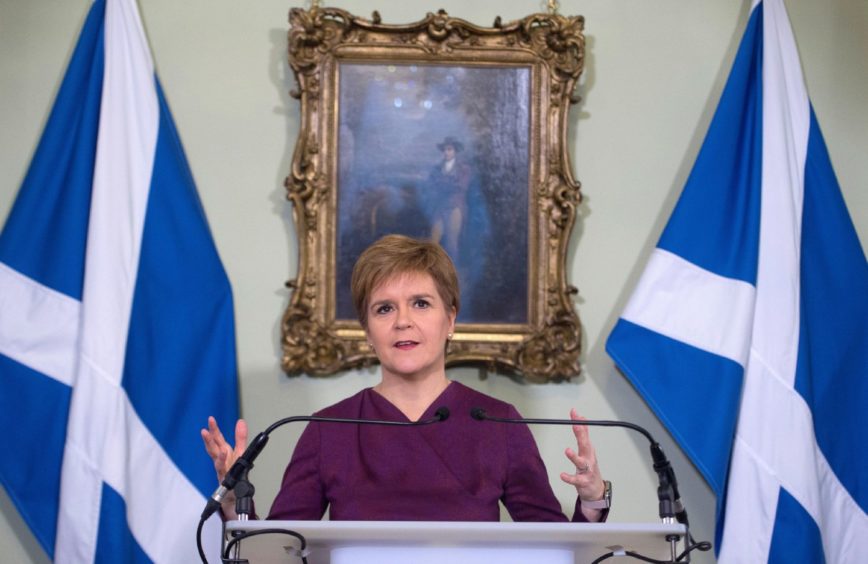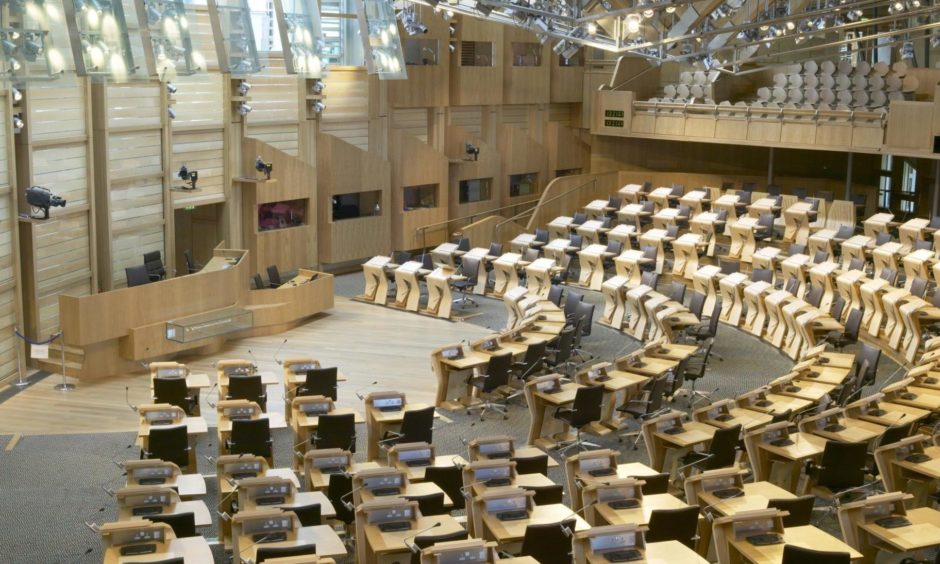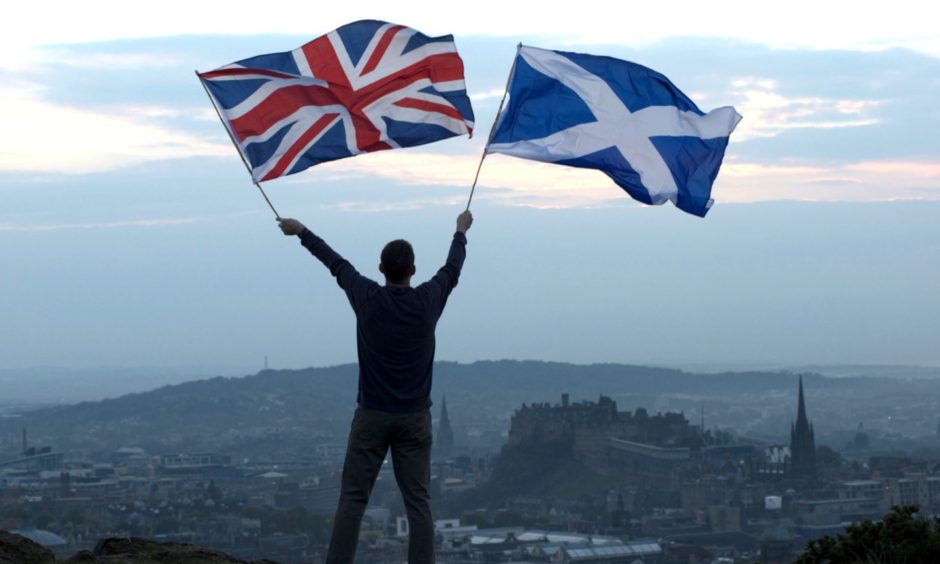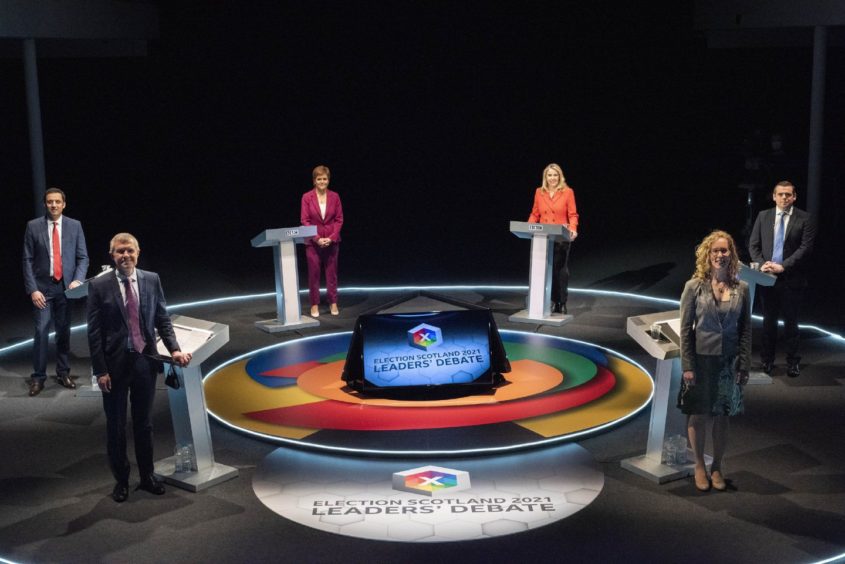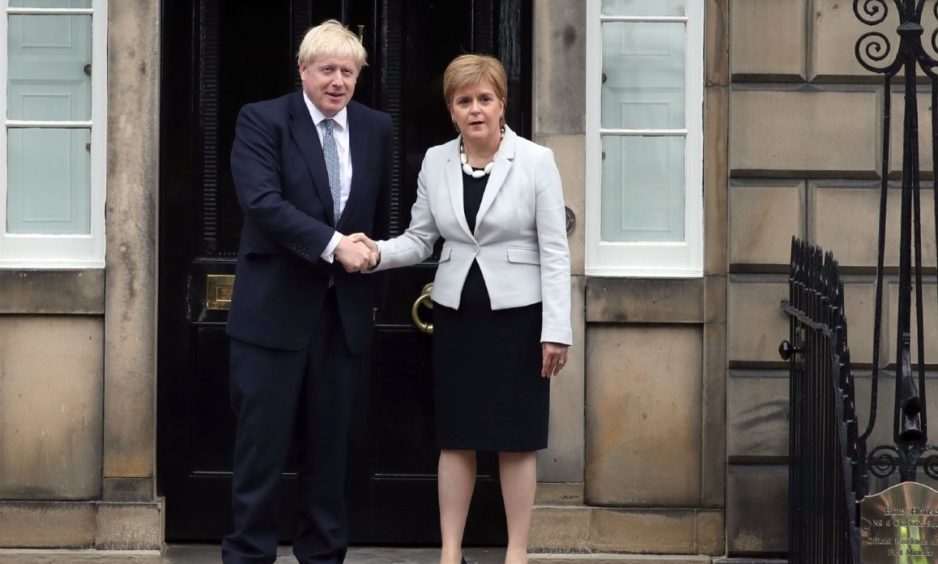With all the votes counted and the final results in, Nicola Sturgeon, flanked by twin saltires at her podium in Bute House, stares straight into the television camera.
“The people of Scotland have spoken,” she says.
“They have sent an overwhelming majority of pro-independence MSPs to Holyrood. It is clearly now their settled will that there should be a second independence referendum as soon as possible. And it is Boris Johnson’s democratic obligation to allow one.”
From recent polling figures, it looks like the Yes movement will win an important argument on May 6.
At the weekend, Panelbase found the SNP, the Greens and Alex Salmond’s Alba Party are all set to gain seats in the Holyrood election, with John Curtice forecasting a pro-indy majority of 29.
If such a scenario plays out on polling day, the people will indeed have spoken – but what exactly will they have said?
What comes next could all seem quite inevitable. Except, as the useful phrase has it, things are a bit more complicated than that.
It will suit the first minister to ride the momentum of victory and to demand Westminster once again hands her the keys to the sacred referendum tabernacle.
Holyrood’s unusual electoral system, which allows voters two shots at stating their preference, will have played its part.
The SNP will have a fourth term in office, probably with an overall majority, and the parliamentary chamber will be awash with anti-UK belligerents of one variety of another.
What comes next could all seem quite inevitable. Except, as the useful phrase has it, things are a bit more complicated than that.
Because while backing for the pro-independence parties appears to be rising, the same cannot be said for the cause itself.
After an impressive period in which public support for independence remained comfortably above 50% – rising as high as 58% in one poll – the air has rather seeped out of the balloon.
More recent surveys have found that the electorate is now pretty much split 50/50.
Sturgeon’s wish for independence to be polling consistently at 60% before she calls a second referendum – on the basis she would then be more likely to win it – remains unfulfilled. The next few weeks will be dominated by arguments about the constitution.
Those of us who would prefer a post-Covid debate about the underperformance of our schools and how we might address the potentially severe consequences of lockdown for our children, or about how our economy is to be returned to an even keel, or about drugs policy or women’s rights or overdue reforms across the public sector, are likely to be disappointed.
That much became clear in the first televised leaders’ debate, not least because Sturgeon’s Tory opponent Douglas Ross repeatedly dragged everything back to the independence issue.
Success on May 6 is a necessary but not sufficient step for the Yes campaign. It will give them the bodies and perhaps the moral authority to demand a referendum rerun, but that is all.
First, there is that 50/50 split on independence. Then there is the unresolved debate over the timing of a referendum.
Sturgeon and her allies have talked about holding one this year or next, and certainly in the first half of the new parliament, with the added and all-but-meaningless caveat that it will be after the immediate Covid crisis has passed. But here again there remains a sizeable gap between the nats and the voters.
If Salmond and his fellow hardliners can win a few seats they will constantly nip at the first minister’s heels, even as their toxicity eats away at moderate “indy-curious” voters
Polls show that public support for a referendum within the next two years sits at only 34%. More agree there should be one within five years, though this might be perceived as a desire to keep it as an option, if safely distant on the horizon.
Sturgeon would have to balance this with managing a party and wider movement that is growing ever more restless and impatient.
If Salmond and his fellow hardliners can win a few seats they will constantly nip at the first minister’s heels, even as their toxicity eats away at moderate “indy-curious” voters.
Then there is the little matter of the prime minister, who seems determined to say no to a referendum regardless of the result in May.
All this even before the white heat of a referendum campaign, in which the pro-union side will deploy its formidable economic arguments.
Nicola Sturgeon is on course to win this election comfortably. But she is still some way from winning the argument for independence, the argument over a referendum’s timing, the increasingly bitter argument within her own party and the Yes campaign, and the argument with Boris Johnson.
Most important, she has yet to win the argument with the Scottish people. Nothing that happens in the next few weeks will do much to change that.
